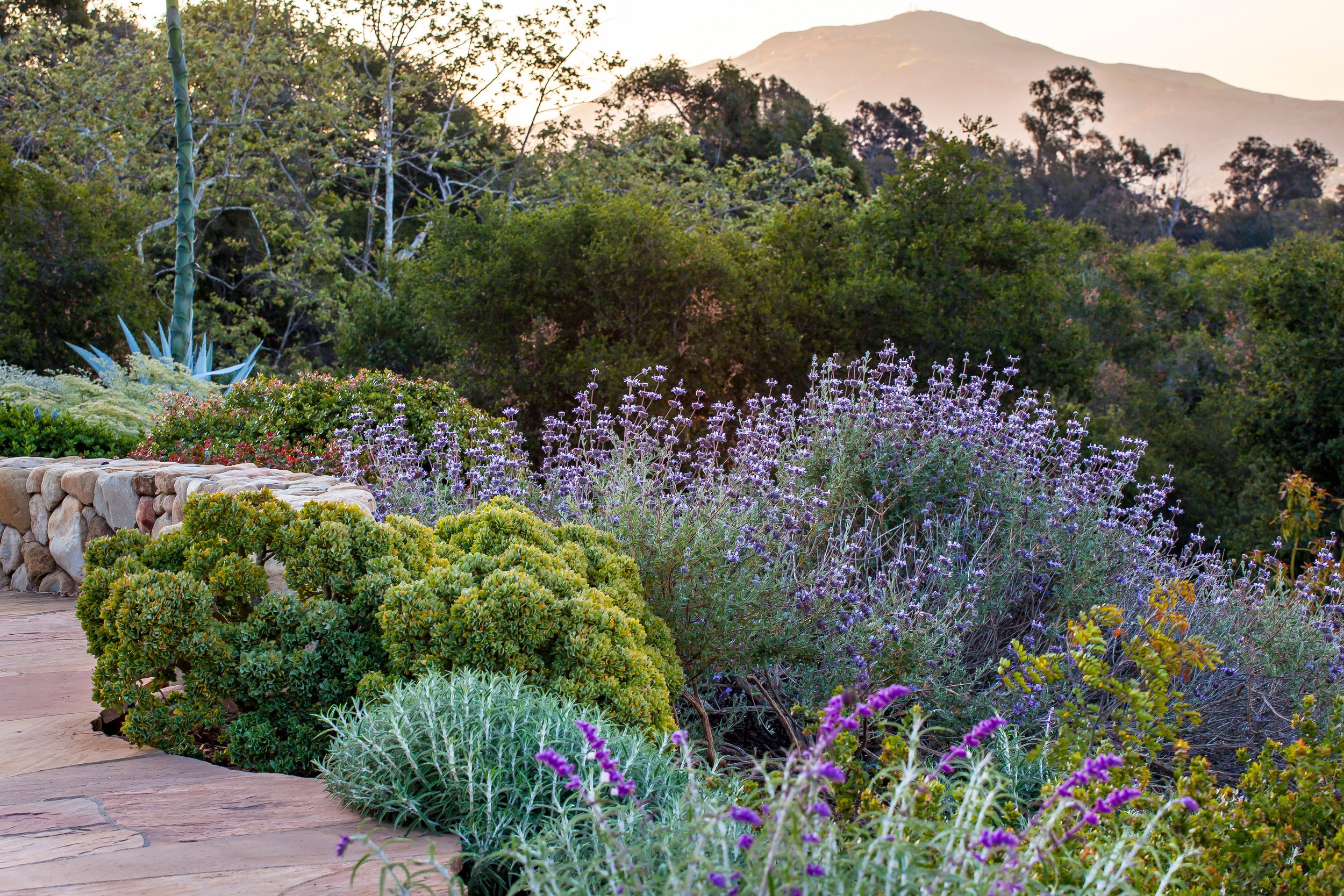Fiber roll installation for erosion control (2023). Photo by Chris Parkes
PRoject overview
As a precursor to the long-term Mission Hills Streambed Bioengineering Project that San Diego Canyonlands and stakeholders are planning to undertake over the coming years, Canyonlands has conducted preliminary invasive species management and native revegetation efforts for the southern end of Mission Hills Canyon. Restoration that was desperately needed in this area to build resilience against climate change related extreme weather events, as well as, mitigate legacy stormwater erosion impacts and dominating populations of different invasive species.
The native habitat restoration efforts will aid in slowing the flow of water into the stream bed. This will reduce erosion and polluted sedimentation from impacting stormwater resources that lead to Interstate 5 and northern San Diego Bay.
The addition of native plant species that have been carefully selected for their benefits to the localized landscape, will help secure the canyons topsoil, filters pollutants from the watershed’s air and water, increase the habitat and food availability for native species, and create a biodiverse, public open space.
This restoration effort will be managed in parallel with Canyonlands Environmental Career Opportunities (ECO)
Initiative. The ECO Initiative is a hands-on training opportunity where qualified participants work with a cohort to learn habitat restoration and brush management skills in a local canyon to prepare them for employment in the environmental field. Our experienced Restoration and Outreach departments will work side by side with the ECO Initiative, to implement and maintain the proposed works.
Completed in 2023-2024:
680 Native Plants Reintroduced
6,000 lbs + of Non-Native Vegetation Removed
2,650 ft of Fiber Rolls Installed for Erosion Control
10+ Workforce Opportunities Created
8 Community Volunteer Events
Maintenance and monitoring
Vegetation surveys at 6 month intervals for the first 2 years or until established.
Plant health and survivability per species will be record in each Restoration Area.
Other native and non-native plant species in the restoration area, will be monitored.
Adaptive management practices built into the ongoing restoration efforts.
Fiber rolls to be removed after 2 years, when vegetation has sufficiently stabilized the topsoil.

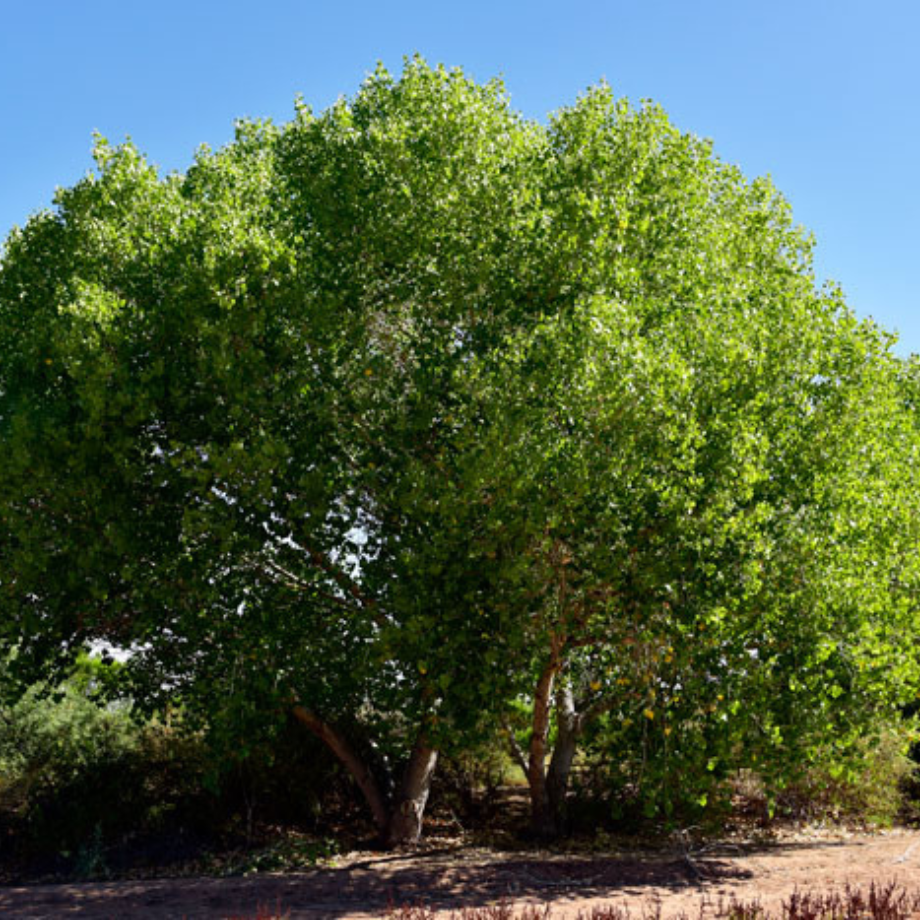


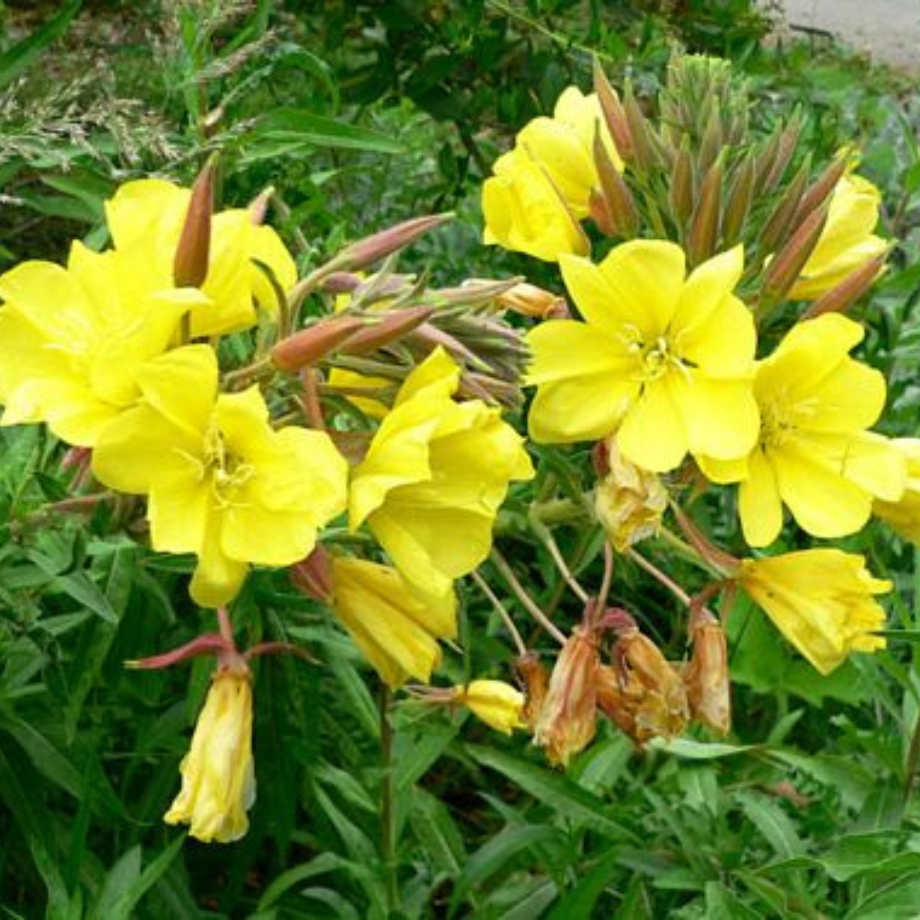
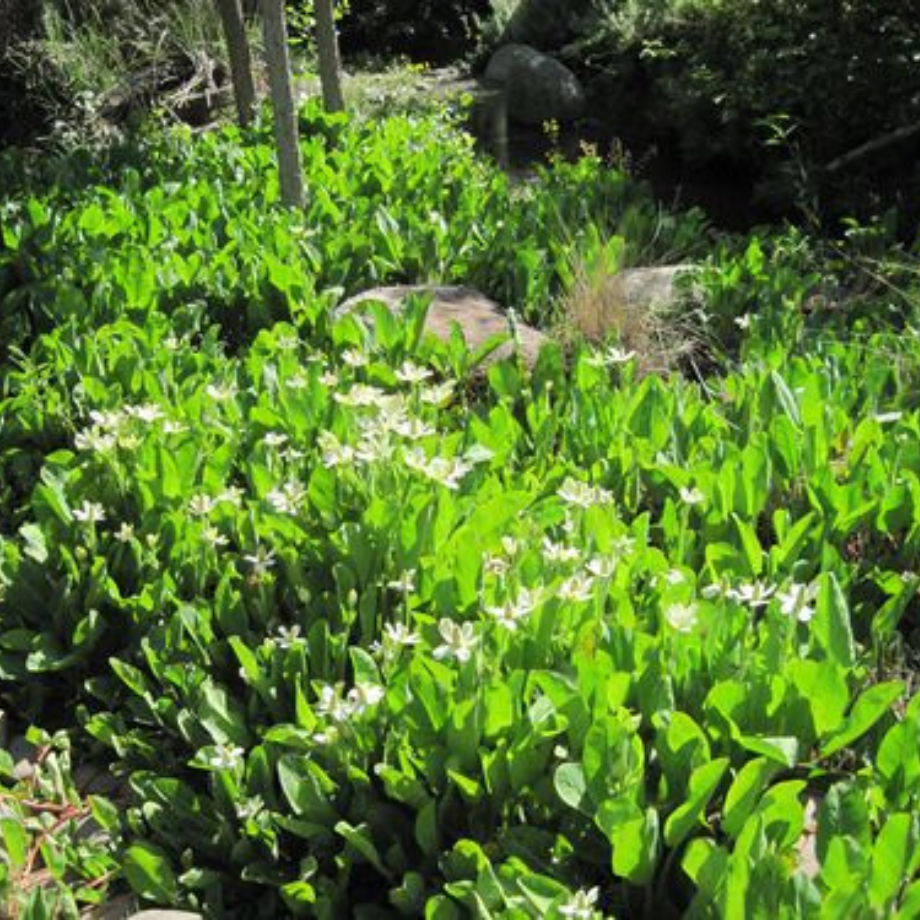
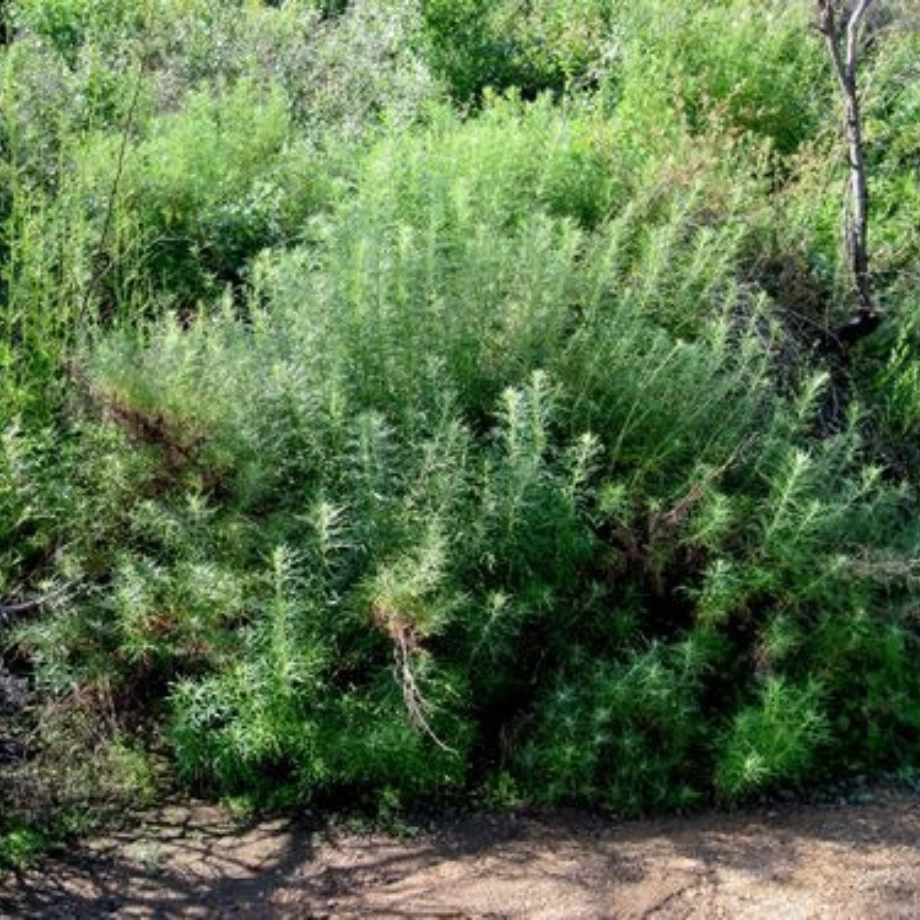
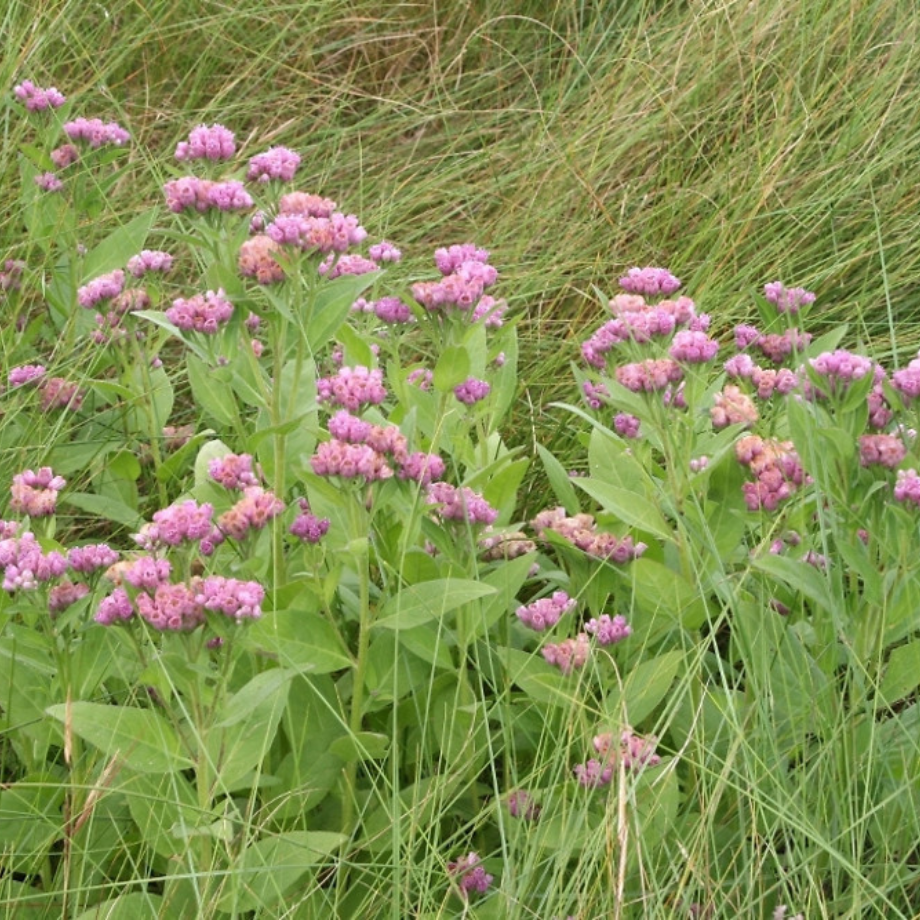
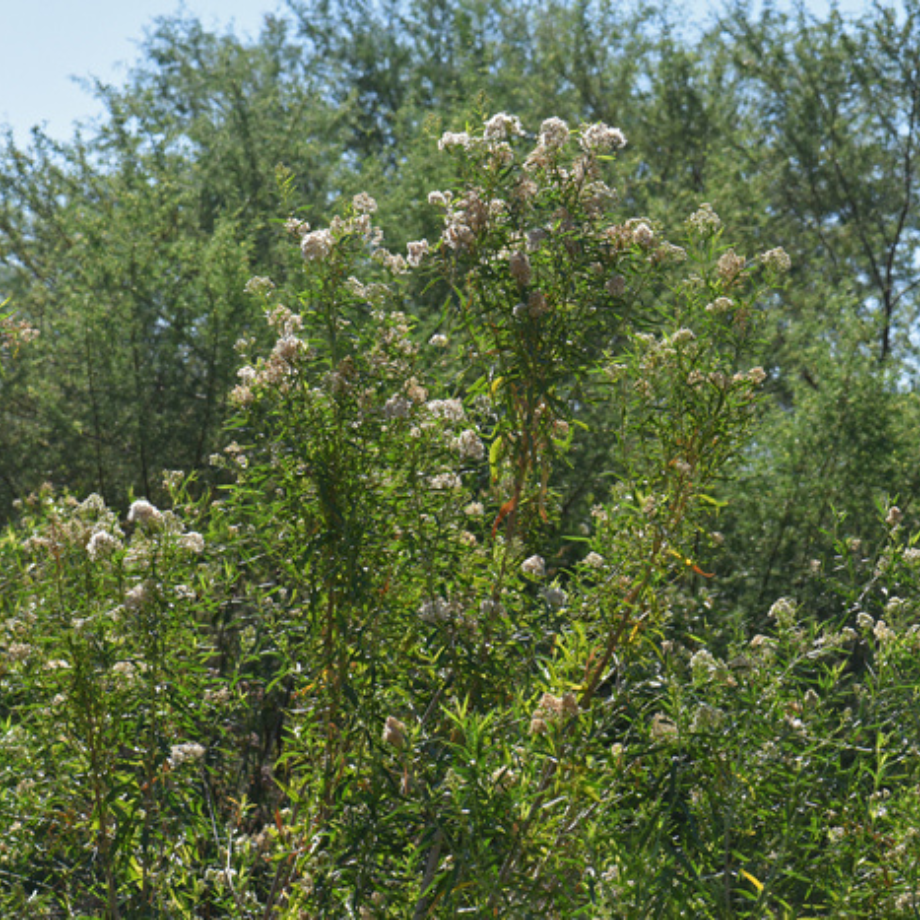
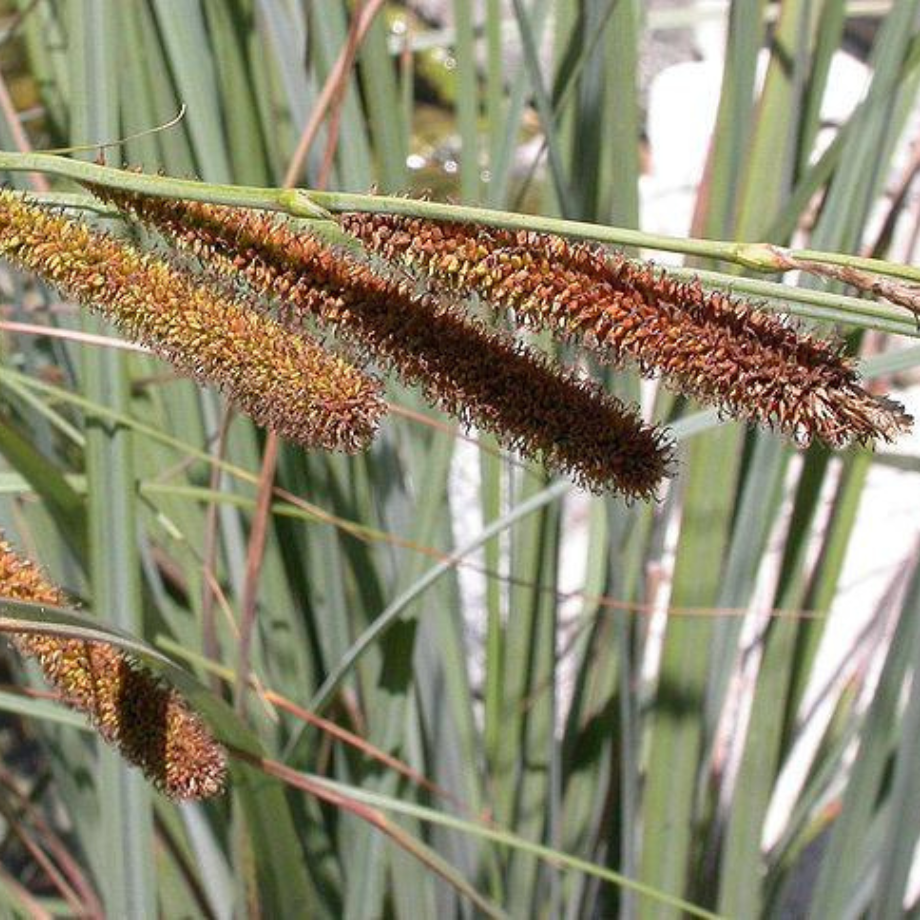

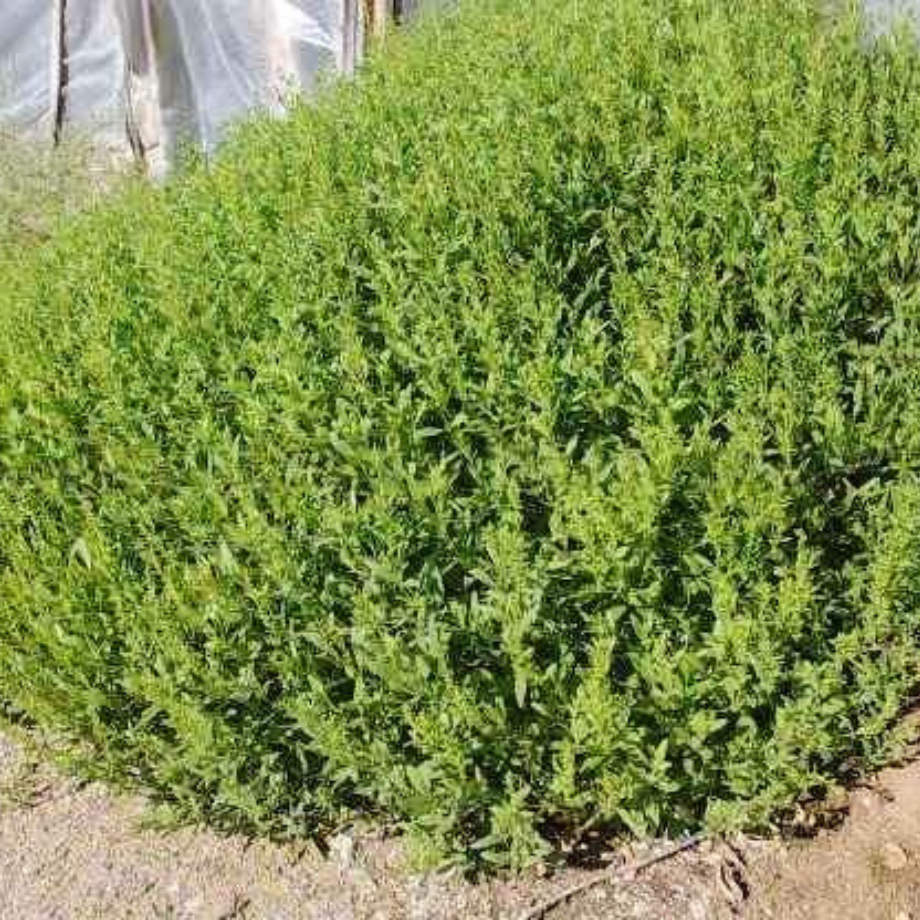
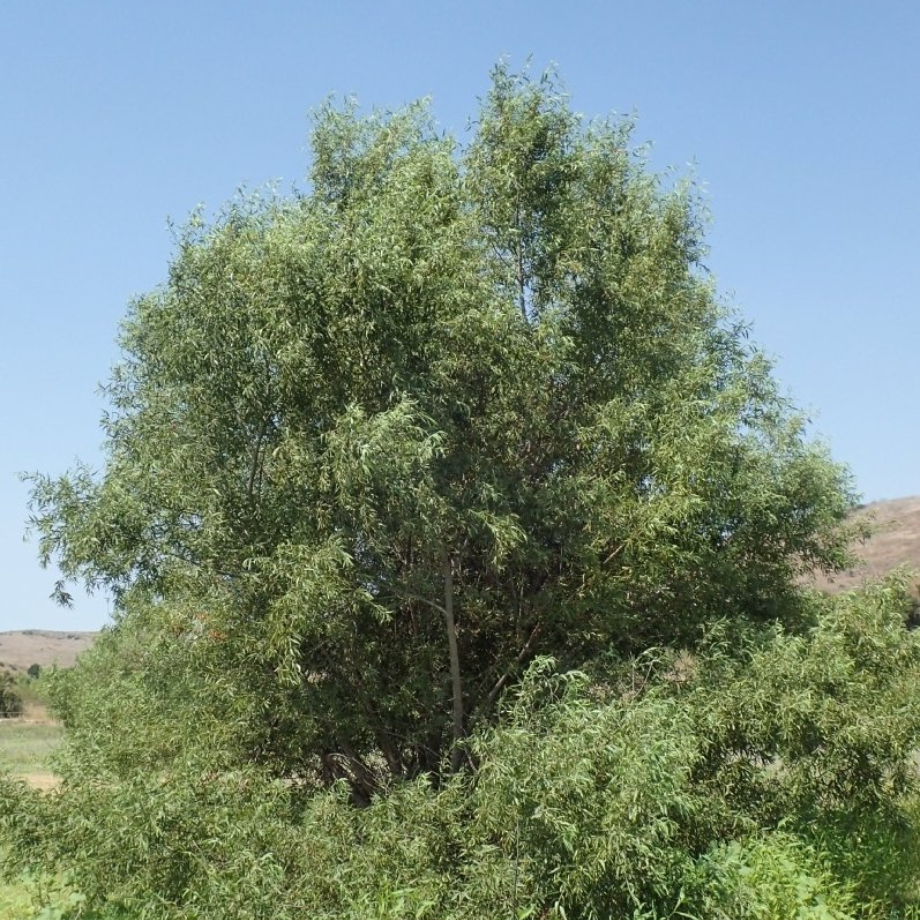
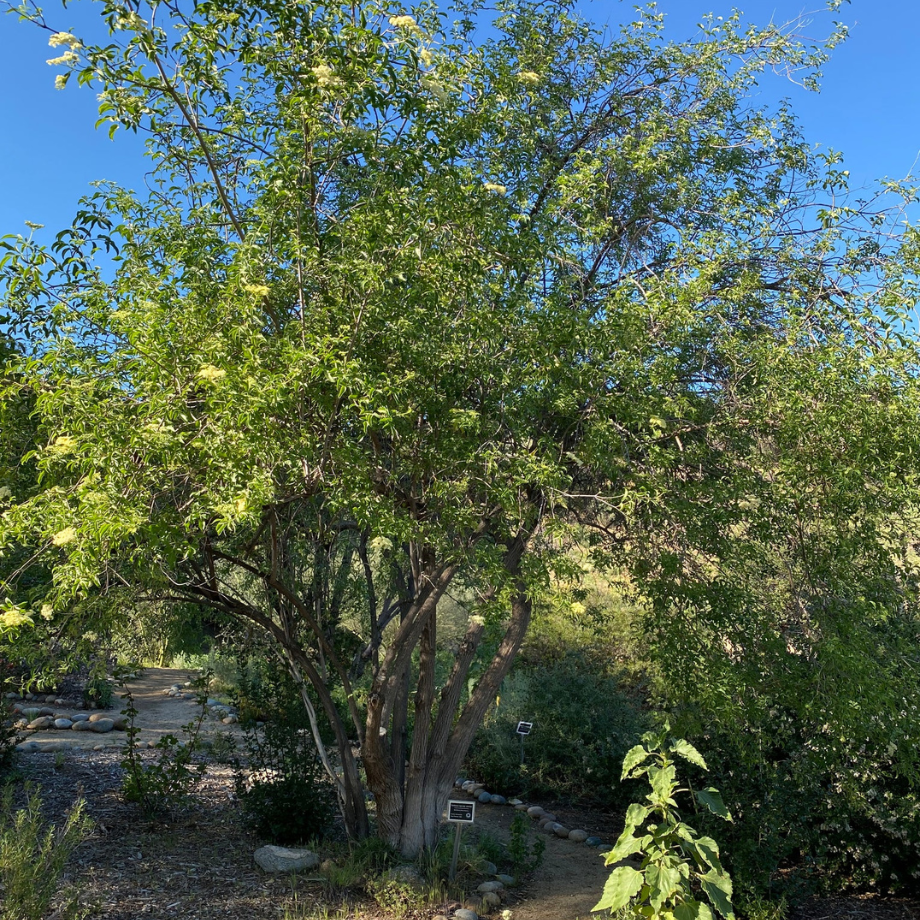
680+ Native Plants Planted reintroduced:
Black sage (Salvia mellifera)
Bladderpod (Peritoma arborea)
California sagebush (Artemisia californica)
California sunflower (Encelia californica)
Deerweed (Acmispon glaber)
Hollyleaf cherry (Prunus ilicifolia)
Laurel sumac (Malosma laurina)
Lemonade berry (Rhus integrifolia)
Menzie’s Goldenbush (Isocoma menziesii)
Toyon (Heteromeles arbutifolia)
White sage (Salvia apiana)
Gooseberry (Ribes speciosum)
Bushmallow (Malacothamnus fasiculatum)
Mission manzanita (Xylococcus bicolor)
Senior Biologist: Melissa TU
Melissa Tu is a conservation biologist with 24 years of experience in southern California. Since 1999, Ms. Tu has worked with local, state, and federal wildlife agencies to protect and manage San Diego County's open spaces and sensitive habitats.
Ms. Tu's current focus with San Diego Canyonlands is working with the field team on the best practices to remove invasive species and restore habitat in the local canyons; documenting the avian richness in the canyons, conducting nest surveys, and teaching others about local flora and fauna.
Since 1999, Ms. Tu has researched, surveyed, documented, conducted outreach, and worked with CDFW and USFWS to develop conservation and mitigation measures for sensitive habitats and rare plant species, and native bird species and sensitive wildlife species. Ms. Tu has extensive experience working with and managing California least tern, western snowy plover, least Bell’s vireo, and California gnatcatcher populations in San Diego County. Ms. Tu has a recovery permit to survey California gnatcatcher.
How Home Owners Can Benefit Canyon Biodiversity:
Install bird nest boxes in your yard.
Local avian species including barn owl, Bewick’s wren (Thryomanes bewickii), house wren (troglodytes aedon), western bluebird (Sialia mexicana), and even American kestrel (Falco sparverius) are known to nest in human-made nest boxes. Adding these to your property can provide a safe place for them to rear their young and will provide you with an invaluable sense of stewardship of the canyon. The best time to install a nest box is in January or February. If installed now, it will likely need to be cleaned out before the birds begin to nest in late winter/early spring. The boxes can also be damaged by rain. If you want to learn more about nest boxes go to the Cornell Lab of Ornithology website - All About Birdhouses - NestWatchDo not use rodent poison (rodenticide).
- These chemicals bioaccumulate in predators such as owls, raptors, and coyote (Canis latrans), which are natural population control for rodent populations. Killing one rat using rodenticide can impact or kill multiple predators after they feed on the dead carcass.Become informed on the flood, fire and ecological danger of non-native, invasive species in the canyons.
- Non native palms trees (Washingtonia robusta and Phoenix canariensis), giant reed (Arundo donax), pampas grass (Cortaderia selloana), tamarisk (Tamarisk spp.), and other non-native invasive species sharply increase the risk of catastrophic fire, while also impacting erosion and water quality and devastating populations of native flora and fauna that rely on these extremely sensitive canyon habitats.Keep pets on a leash in the canyon and pick up their waste.
- This will help to avoid contamination of waterways and unnatural predation of wild species, which face many confounding threats.Plant native species in your yard.
- Our friends at Native West Nursery and Moosa Creek Nursery sell high quality native plants and have great online resources to help you choose which native plants are most suitable for your landscape. With a property adjacent to a canyon you have a prime opportunity to witness native species in full action. By planting native plants you will attract a plethora of butterflies, pollinators, birds and much more right to your doorstep, where you can watch nature unfold. Check out the San Diego County Native Landscape Program, which our Executive Director helped create, for more information on the positive impact you can make from your own back yard.










